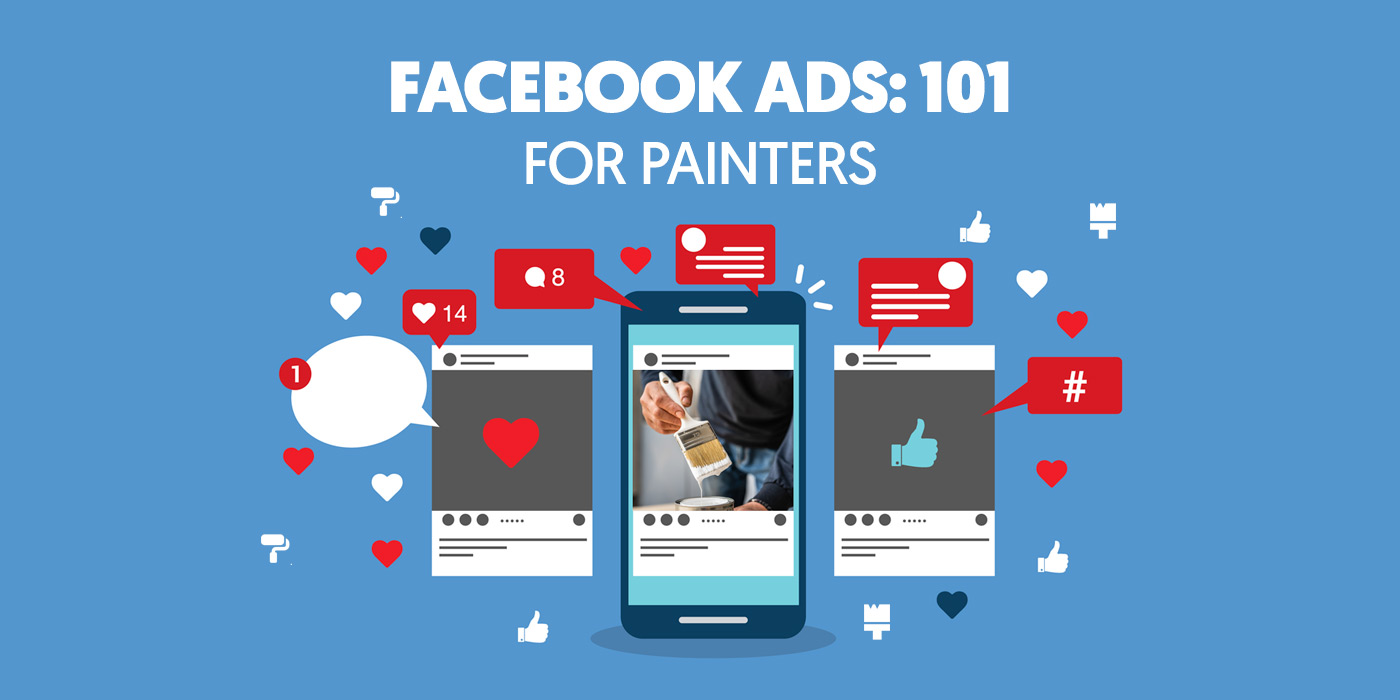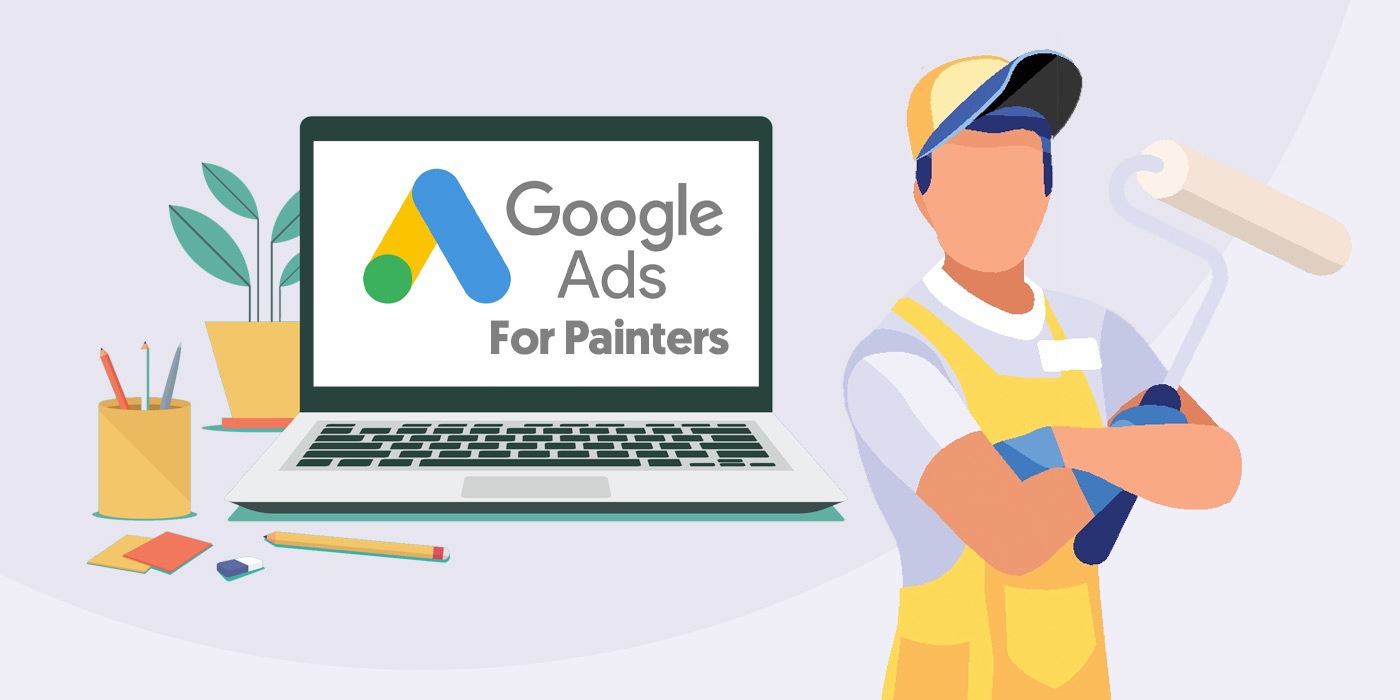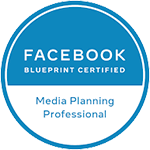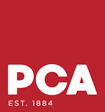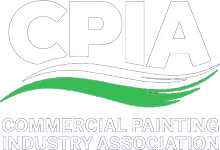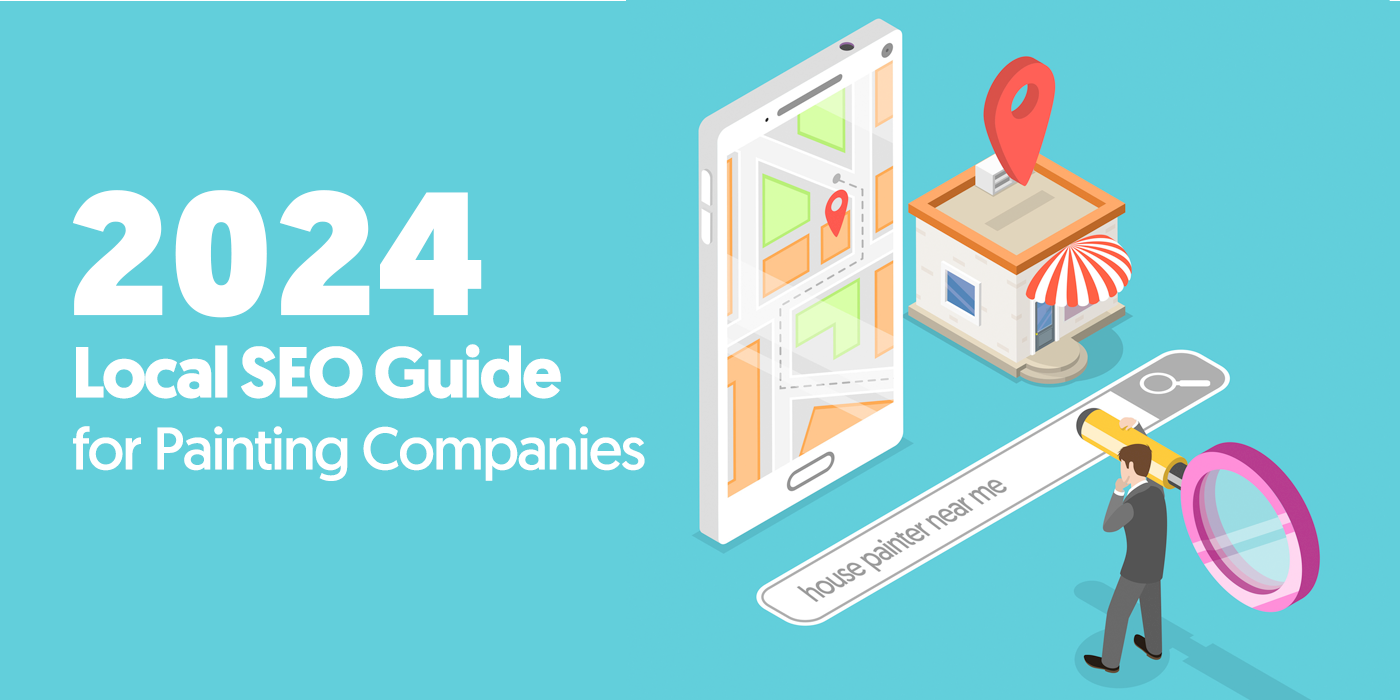
Updated for 2024! Outsmarting competing painting businesses gets harder every year. Not only are more companies entering the market, but it becomes more difficult to keep up with the latest SEO trends.
Since Google constantly updates their black-box algorithm, what worked to rank your painting business website yesterday could be completely outdated today.
In fact, you might be using such outdated SEO methods that Google no longer considers them best practices. If these tactics are implemented incorrectly, such is the case with link building, they can lead to penalties and being dropped from Google organic search results altogether.
So, we compiled a definitive list of the best Google-approved SEO tactics to help your painting business outrank the competition in organic search results.
Let’s jump in!
The Basics: What is Local SEO and why is it important?

Search Engine Optimization, or SEO, is an essential element of every successful digital marketing strategy. But what is it?
SEO is the process of improving the position of your painting business website on search engine results pages (SERPs) to target unpaid traffic (free painting leads).
For painting businesses, Local SEO will help boost your organic rankings, draw more traffic to your website, and ultimately generate more painting leads, all without investing a single dollar into advertisements.
But why does ranking matter?
Because 75% of users never look further than the first page of Google to find what they need. So if you’re on page 2 of Google, you might as well be on page 10.
Local SEO relies on indicators that narrow search results to a specific location/area. Home service-based businesses, such as professional painters, especially benefit from localization.
While it may seem like a tall order to outrank national competitors like CertaPro, it’s actually relatively easy using Local SEO tactics.
Why?
Because Google prioritizes search results for local terms. So while the domain authority for certapro.com is extremely high, since they’re a franchise they can never implement Local SEO as well as a local painting company.
1) Keyword Research: Identify your customer’s search terms
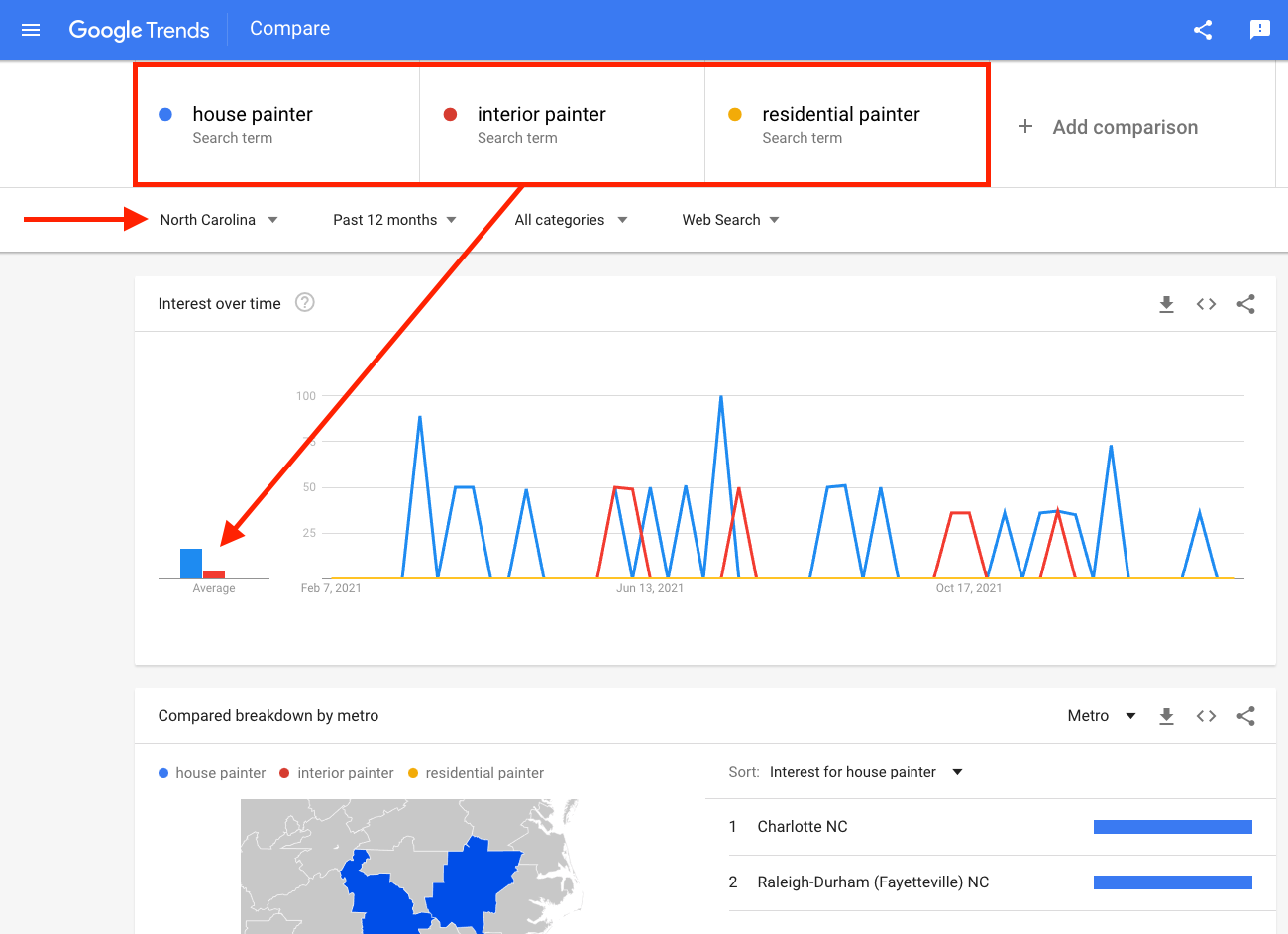
The single most important onsite SEO ranking factor in 2024 is the content on your website. Even more important, your content must provide value and be relevant to what your customers are searching for.
You wouldn’t place a billboard on an empty road…
Before optimizing even one page on your painting business website it’s essential to have a strategy. In terms of SEO, this strategy begins with keyword research.
Similar to adding a billboard next to a road that doesn’t get any traffic, you want to ensure the terms you’re trying to rank for on Google have search volume. Search volume is a measure of how many people search for a term in a given location over a specific time period.
Pro Tip: Generally speaking, the more search volume a term has, the harder it is to rank for.
Identifying the right keywords requires some creativity and understanding of the painting industry as a whole. A few things to look for:
After you have a list of high-value terms you’d like to rank for, then consider identifying some long-tail search phrases.
For Example:
Get creative with painter SEO keywords. Long-tail keywords make up more than half of all Google searches, so use them to your advantage.
Write content around the terms your customers are searching for
When writing content it’s important to include keywords your customers are actually searching for on online. For instance, you will see 200% more impressions writing content dedicated to the term “house painter” instead of “residential painter”.
Pro Tip: Remember, the only thing Google knows about your painting business is the content on your website. To rank for the services you offer and the locations you serve, you must write about it.
Begin by evaluating your service offering, there is generally more than one way to search for a particular service. We recommend using Google Trends to compare popular short-tail search terms. Filter by country and state while performing your analysis, this will ensure you’re looking at relevant data specific to your target audience.
Next, come up with list of long-tail terms that your customers might be searching for. Ask yourself what services you offer, and what customers demand most often:
These answers provide clues that will help you come up with specific “niche-focused” terms.
Note that even if you’re ranking for a small project such as “front door painters” that website traffic will lead to higher organic rankings for harder terms like “painter near me.”
Create a dedicated page or blog post for each term
Finally create a dedicated page on your website for each one of these search terms. You should begin by focusing on the most popular short-tail keywords, then incorporate relevant long-tail terms throughout the content.
Creating location pages specific to the areas you serve will maximize your chances of ranking in local search results for areas your painting business may not physically reside.
Create a unique page for each service you offer and include relevant project photos on every service page.
2) Content Structure: Format your content to rank
If you have any experience in the world of SEO you’ve probably heard the expression “Content is King” — and for good reason. Google’s algorithm relies on its ability to identify the purpose of a page and position it accordingly on search results.
How does Google do this?
Google has bots that constantly crawl your website. In general, the more targeted content your page has, the more likely you’ll be able to outrank your competitors.
Now there’s A LOT more to it than that, but to stay out of the weeds we’ll focus on the important elements here.
Using the list you created in the previous step, it’s now time to build pages around each search term.
Remember, Google ranks pages, not websites.
Why does that matter? Because each page on your website should be written to rank for no more than 1-2 primary search terms. This doesn’t mean your page will ONLY rank for those terms, but like a chapter in a book, it should have a focus.
Properly formatting content is vital for scoring high with Google bots. You must organize your material for AI to understand your content and locate keywords. Focus on building good page titles, use headings, and strategically place keywords throughout the body content.
Here are a few methods you can use to optimize a page on your website through content formatting:
Local SEO strategies follow standard SEO best practices, with a focus on local search intent.
For best results, always sprinkle location information throughout your content/headings/meta, and offer relevant solutions to the pain points of your local market.
For example: A painting contractor may offer content headings such as the below.
- “House Colors That Look Great in Sarasota”
- “Repainting After a Hail Storm in Bloomington, IN”
- “Unsure of Who To Trust? Phoenix Residents Rate Our Crew Five Stars”
Notice I said “sprinkle” — Over-optimizing your content can negatively impact your rankings. To avoid this, make sure your content is readable. If you are going out of the way to include certain terms, you might be trying too hard.
3) Blog Posts: Create Supporting Content
Posting quality content on a blog is a great way to expand your digital reach and become a source of authority in your local market. Now that you’ve developed a keyword strategy, you can reuse those terms to create unique, targeted content and become a local industry expert.
Write content to answer the questions you’re asked everyday
Consider this example…
You receive several calls a month asking how much it costs to repaint the interior of a house in the Atlanta Georgia area.
If your customers are calling for answers to this question they are most definitely searching online as well.
While you may not be able to provide them with an exact number, you can write a blog post to address the question. Titling a post “How much does it cost to repaint a house in Atlanta Georgia?” and focusing the content on the trending residential terms you’ve already identified will help capture the leads shopping for your services online.
4) Backlinks: Relevance & Authority
In terms of SEO, there are three primary types of links:
Each link type serves a valuable purpose. Let’s review…
1) Internal Links
Think of your painting website as a pyramid of empty buckets, but the top bucket is full of water. Each link on your website creates a hole in the bucket full of water. The water indicates how much weight a page holds in terms of SEO. The more internal links you have to a particular page, the more weight you give that page on Google.
Simply, internal links serve as a way to signal to Google which pages on your website are most important. But like our pyramid bucket analogy, there is a finite amount of water to go around, so use them wisely.
2) Outbound Links
While internal links will be prevalent for navigation across your website, outbound links should be used sparingly.
Why?
Because the more outbound links your website has the more value (water analogy) it is giving away to other domains.
What outbound links are acceptable? We recommend links to your social profiles, and that’s it. The long answer is you can actually have as many outbound links as you’d like, as long as you implement a rel=”nofollow” attribute on the links to avoid giving away “SEO credit.”
3) Backlinks
Out of the three link types, backlinks generally hold the most weight and are typically the hardest to come by.
So what is a backlink? Simply, it’s a link from another domain that points to your website.
Google uses Backlinks to determine the authority of a website. The more high-quality backlinks a page on your website has, the better it should rank.
Note that I said “high-quality” — anyone can generate backlinks, but one high-quality backlink can outperform 100 low-quality backlinks.
Let’s review…
Choosing the Right Backlinks
While backlinks can technically drive referral traffic to your website, the more significant impact comes from the authority they create. To evaluate how much impact a backlink can have on your website, consider the following principles:
Building backlinks generally requires manual outreach and relationship building. Most painting companies partner with an SEO agency to establish these links faster.
Some painting contractors improve their website’s SEO by writing guest blogs for another website. This method is excellent for securing backlinks and building rapport with other brands.
Offsite Authority: How to build backlinks
Once you have your website optimized it’s time to build your offsite authority. Citations, web-references, and online reviews help build your online credibility. While this tactic is one of the most important offsite ranking factors it can be difficult to implement effectively. Fortunately, we have some “low hanging fruit” offsite SEO tactics to get you started.
It takes some networking as well as research to boost your offsite authority. However, it’s well worth the effort to outsmart and outrank other local painting businesses. Incorporating these tactics will provide an edge over the competition for a more profitable 2024.
5) Improve User Experience
Easy navigation and fast-loading pages improve SEO. However, there are a few more tricks to help improve your visitor experience. So while you pay attention to all the techie things to fix for your SEO, you can’t lose sight of your visitors’ needs. Some of the things that make a website a pleasure to visit include:
All of these details improve the user experience. When you intuitively answer prospect questions, you empower them to make a decision there and then to book a quote. When your site is too much trouble, your bounce rate increases, and your site will begin to drop in rank.
Local SEO Facts & Numbers
We’ve been in this space for a while, so let’s review some numbers/statistics to help breakdown why Local SEO is so important for your painting website.
Nearly 50% of All Searches Include Local Content
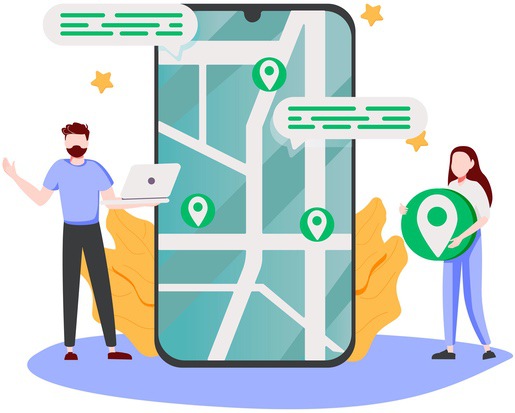
According to Google, 46% of all searches include location indicators. For painters, residents want to find companies close to home.
As a Painting Contractor, you can help potential clients find your business by injecting local terms throughout your website’s content.
Local SEO Achieves Tangible Results for Painters
In 2022, HubSpot collected data to conclude that 72% of consumers who search with local intent visit stores within five miles. As a home service business, this can significantly improve visibility and overall business growth.
Millennials are an increasingly lucrative market to target, especially as the population continues to age and amass wealth. Many are starting families and buying property. As a painting business, this means more paying jobs from a potentially untapped market.
42% percent of Millennials who search locally online will visit or contact the location at some point in the future.
Online Review Facts

Capturing positive testimonials and reviews is another excellent way to optimize your painting website for search engines. For most customers, these ratings mean the difference between a pass and a sale. In fact, 88% of customers rely on these reviews before committing to a local business.
Local SEO is the Preferred Digital Marketing Solution for Painters
Most businesses that utilize local SEO find positive results within a few months. An estimated 79% of companies view Local SEO as a worthwhile channel to invest their marketing resources.
Becoming visible in the digital age will significantly improve your business’s success. According to research conducted by Safari Digital, mobile “near me” searches increased by 136% in 2021. These numbers indicate the ever-growing need to localize your content.
The Importance of your Google Business Profile
Google Maps brings local search full circle to a versatile medium used by millions of Americans to navigate on a daily basis. This free Google resource makes your business and its location visible to anyone searching for your services in your local region.
While most local businesses claim their Google Business Profile (formally Google My Business or GMB) many still do not know how to optimize this profile effectively.
Optimizing your GBP is a critical part of local SEO, especially given that a study by Backlinko determined that 42% of local searches involved interactions with the Google Map Pack.
ChatGPT for SEO?
We have all heard of the AI technology by OpenAI called Chat GPT by now…
While this powerful technology can write an entire blog post in under 10 seconds, we DO NOT recommend using this for SEO without significant human editing.
Why?
So where can you use Chat GPT?
As the internet continues to mature, Local SEO will continue to be a powerful marketing strategy. That is unlikely to change in the coming future. With more customers relying on fast information and services, Local SEO is the perfect solution for the professional painting industry.
Home services will continue to benefit from this strategy as more social media and networking services become popular. We predict that mobile devices will also continue to dominate local business searches.
According to Statista, mobile devices account for more than 50% of all local inquiries today. Customers are more likely to call a business if their mobile experience is intuitive. Therefore, the need to optimize your painting website’s mobile interface has never been greater. This is particularly true on Google as the mobile experience now outweighs the desktop version of your website, becoming one of the most important search engine ranking factors.
We monitor and test Local SEO trends as Google continues to evolve its algorithm, implementing thousands of changes every year.
What worked to get your website ranked yesterday may not work today. For the best results, find an SEO partner who keeps a close eye on these trends and adapts accordingly.
Don’t Fall Behind

Currently, 58% of local businesses do not invest in any Local SEO initiatives.
Imagine the advantage you can have over the local competition by investing in this simple lead generation strategy.
The best way to implement this strategy is by finding an SEO agency familiar with your industry’s standards.
If you are looking for a quality Painter SEO Firm, look no further than Base Coat Marketing. Our painting websites outrank even the biggest national competitors. Book a free strategy call today to see if you might be a good fit!



